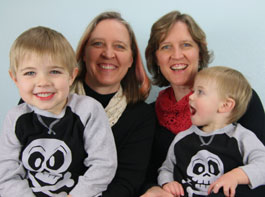If you love to decorate for the Christmas season, then you’ll want to add this Holly Jolly Bed Runner to your crochet must-do list!
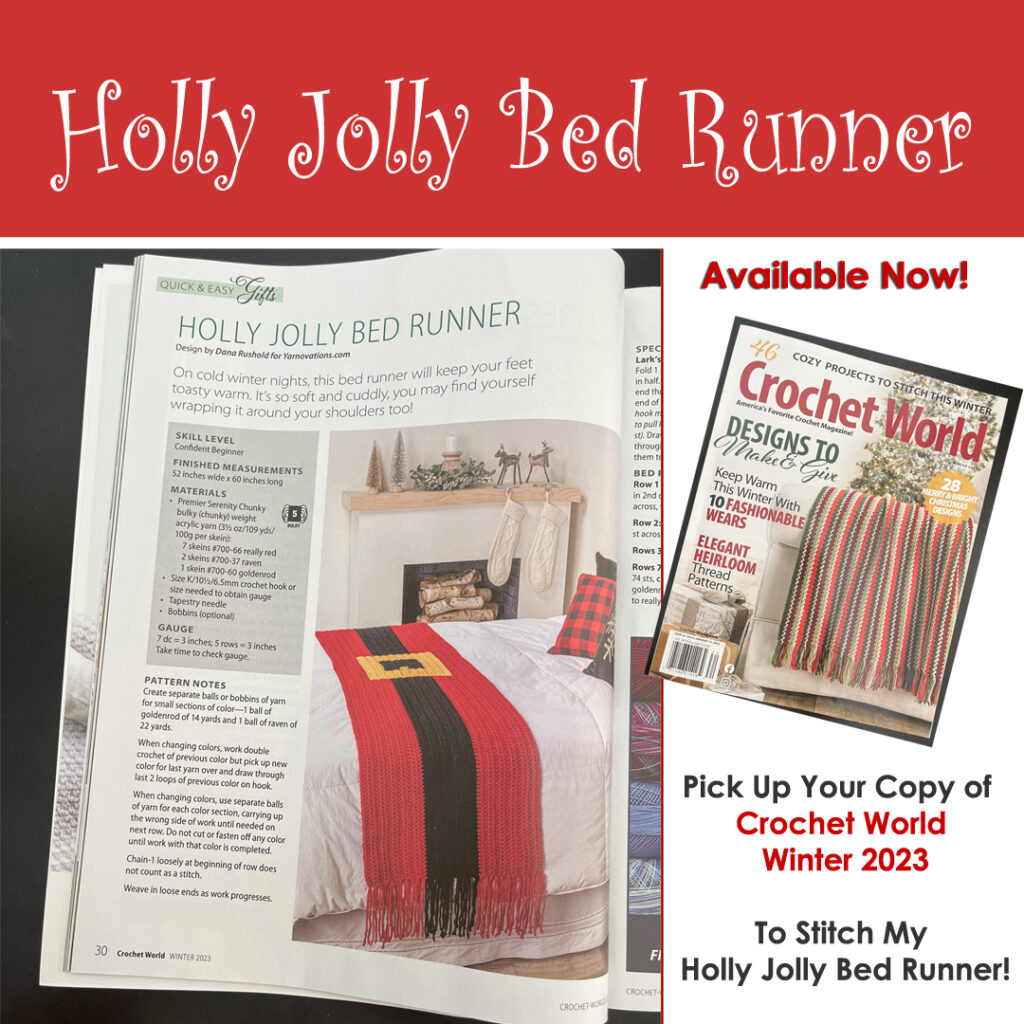
The Holly Jolly Bed Runner was specifically designed for the new crocheter. I wanted something festive that would also be approachable. It uses basic stitches in long rows which make it simple yet so striking! This is a fun, quick and easy project for Santa loving crocheters of all abilities.
As I said in the magazine intro, this project is meant to be a blanket at the foot of your bed, but it’s so soft and cuddly, you may find yourself wrapping it around your shoulders on a cool winter evening. Premier Serenity Chunky is the perfect yarn for the project. I mean, that gold buckle really pops beautifully against the red and black.
Available Now in Crochet World Winter 2023
The Holly Jolly Bed Runner is available exclusively at Crochet World Magazine. Pick up your copy of Crochet World Winter 2023 today.
Available now in Crochet World 2023 from Annie’s Catalog.
Share the Love, Pin This To Pinterest
Share the Love of the Holiday Season with everyone you meet by pinning one of these pictures to Pinterest.
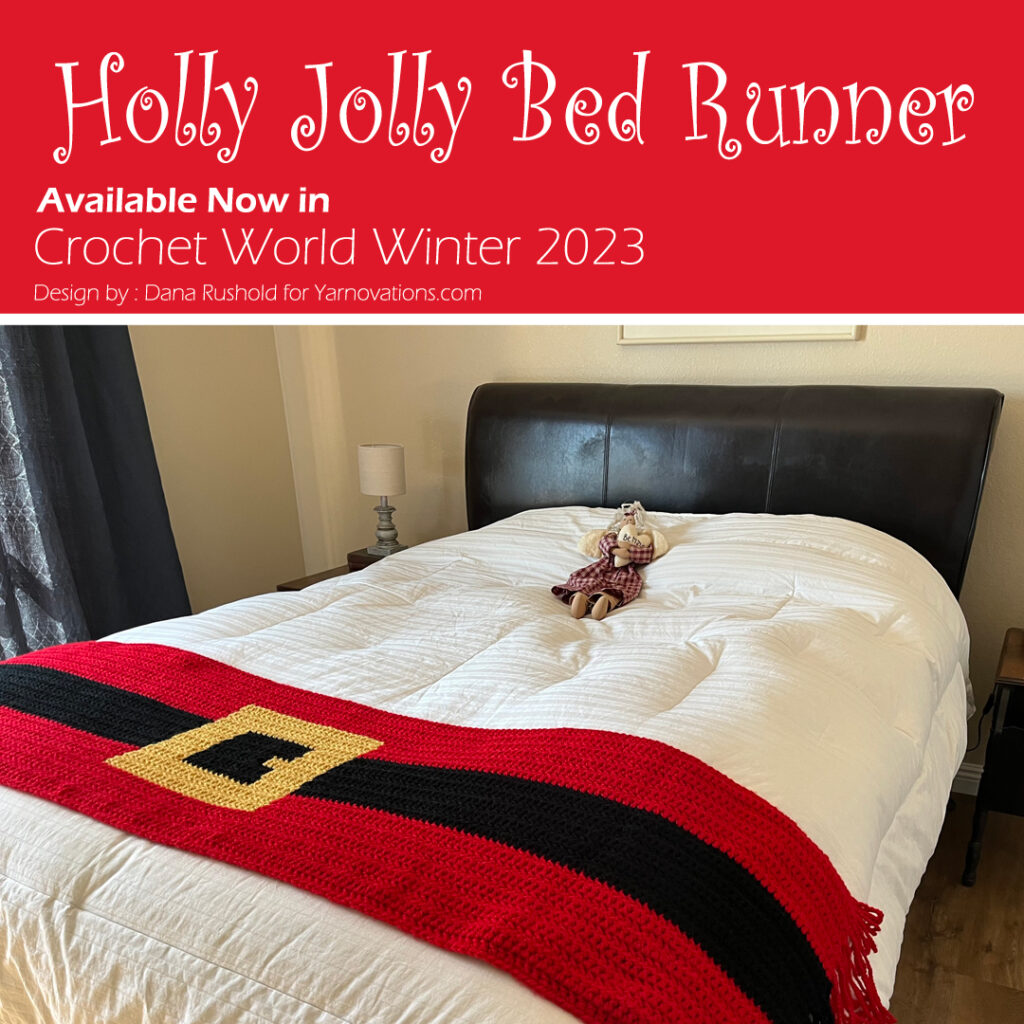
Above is a picture of the Holly Jolly Bed Runner at my home. It’s pictured on a queen size bed. I was so thrilled with the finished project that I snapped a picture of it on the bed before decorating the rest of the room. I just love how bold and vibrant it is.
Get your copy of Crochet World Winter 2023 to make your own Holly Jolly Bed Runner!
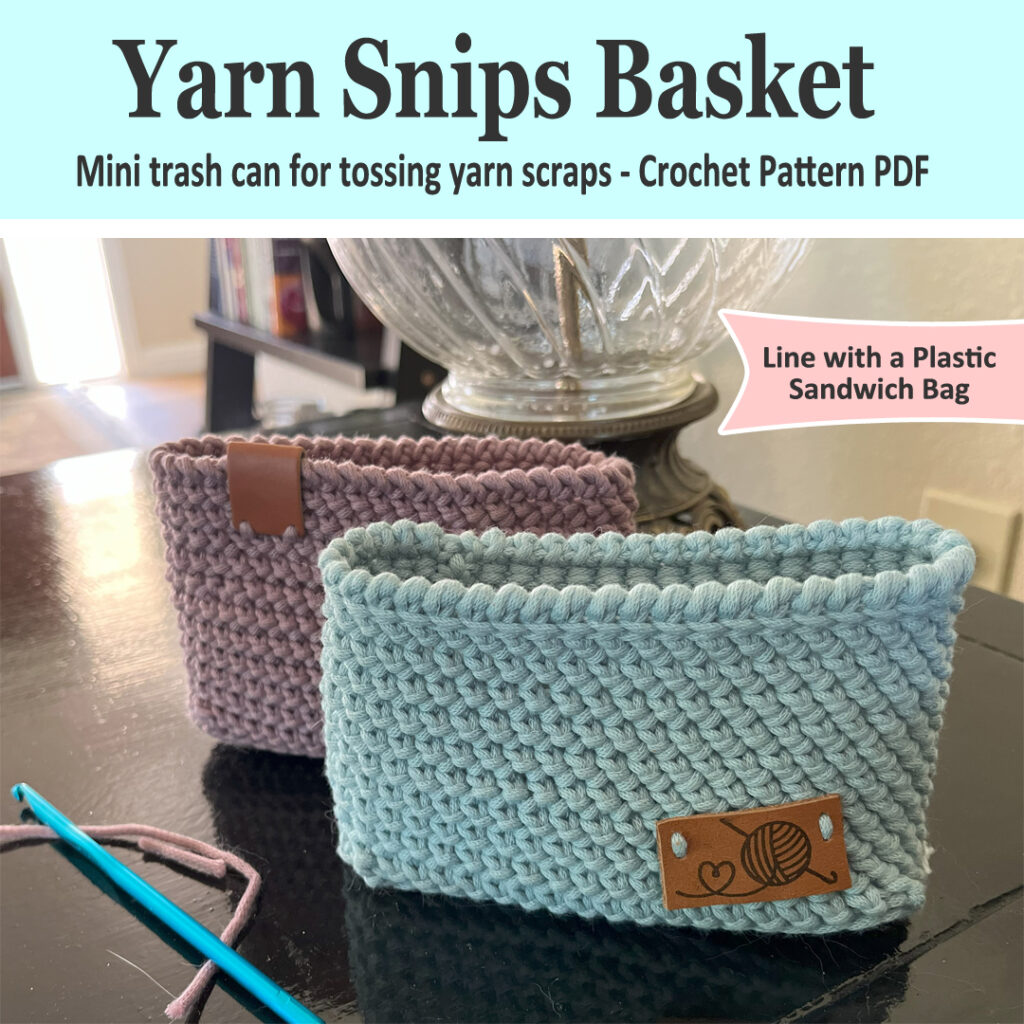

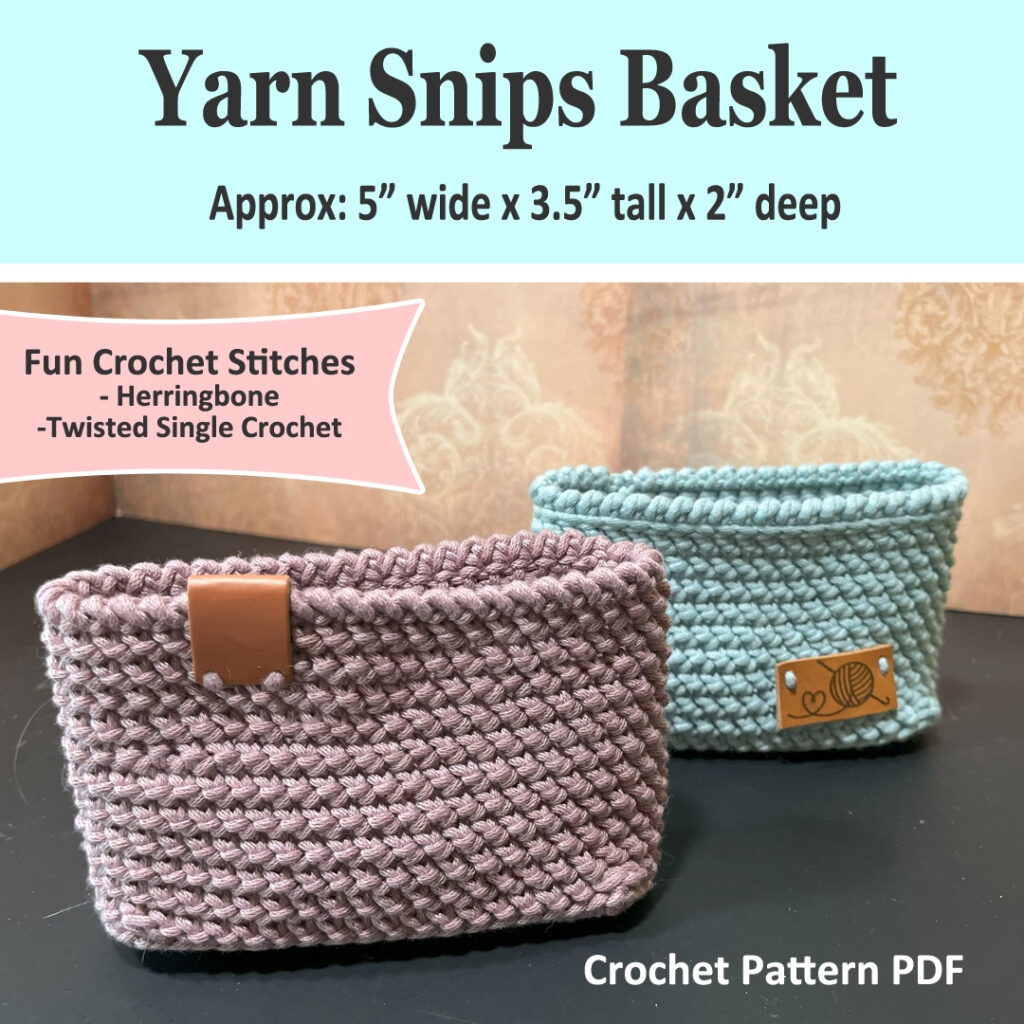

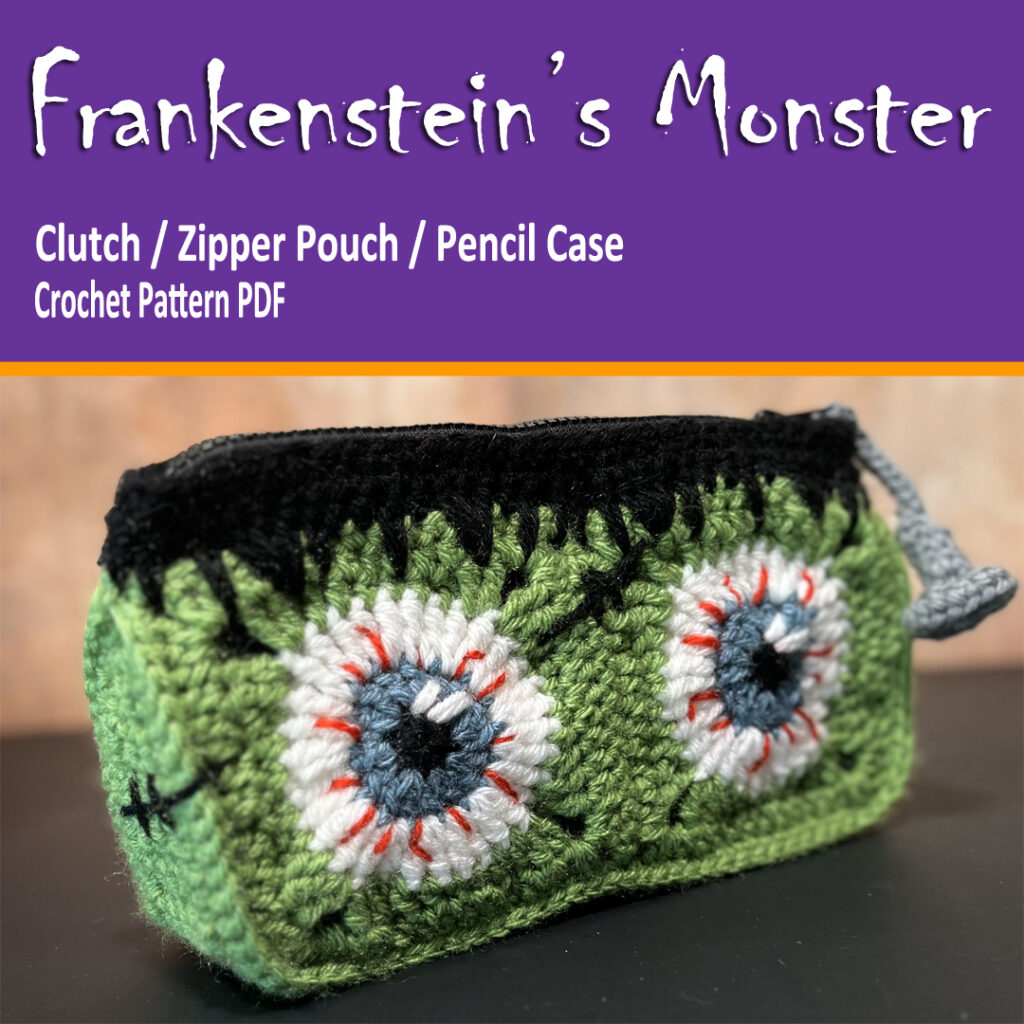
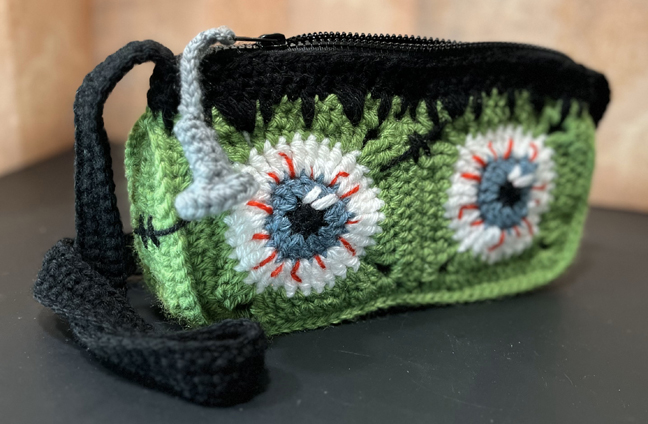
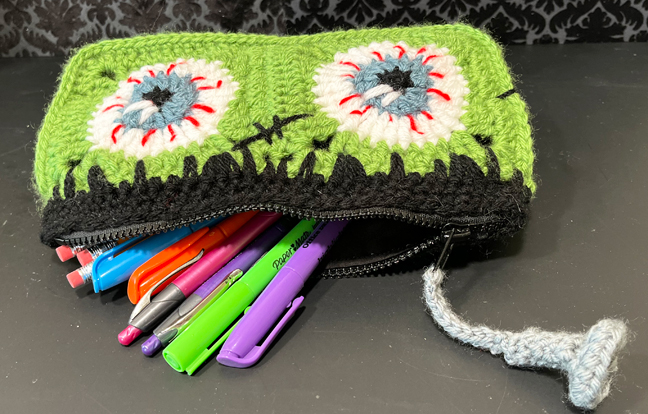
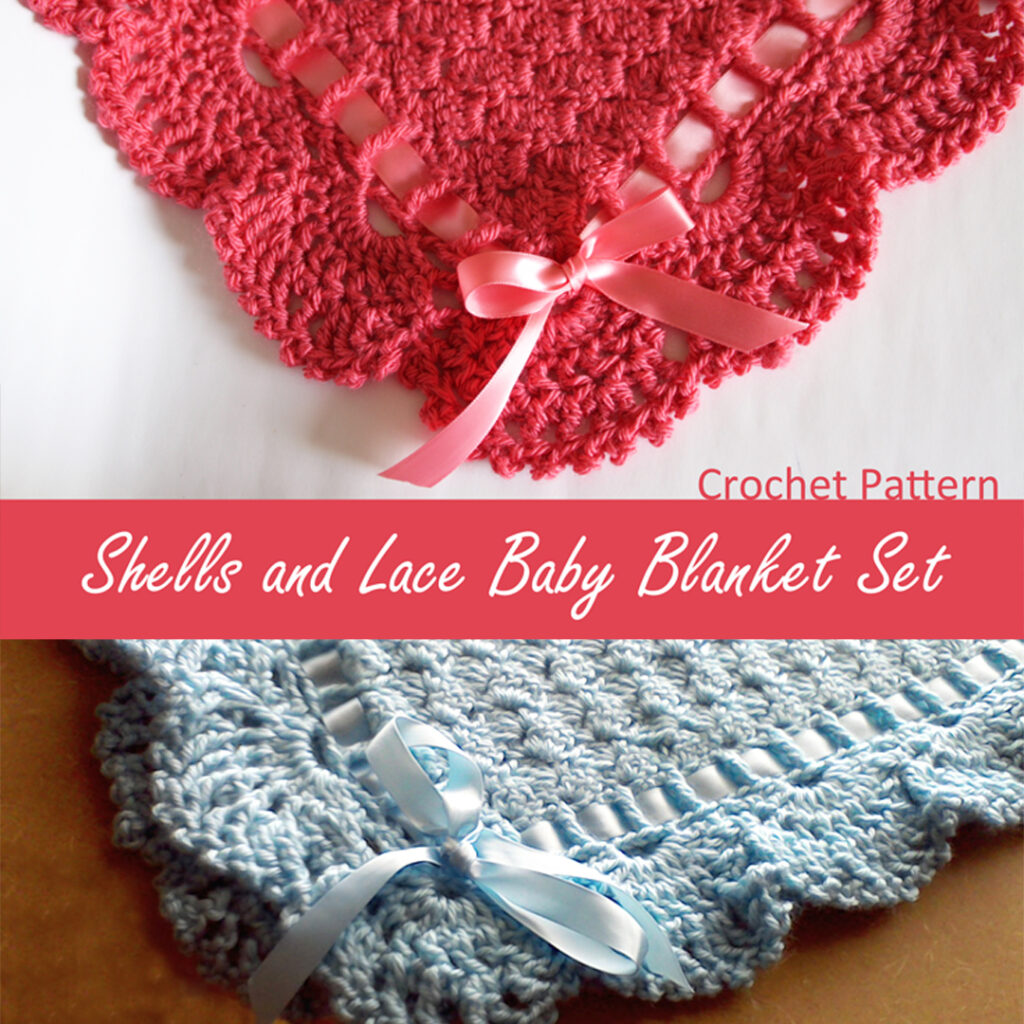
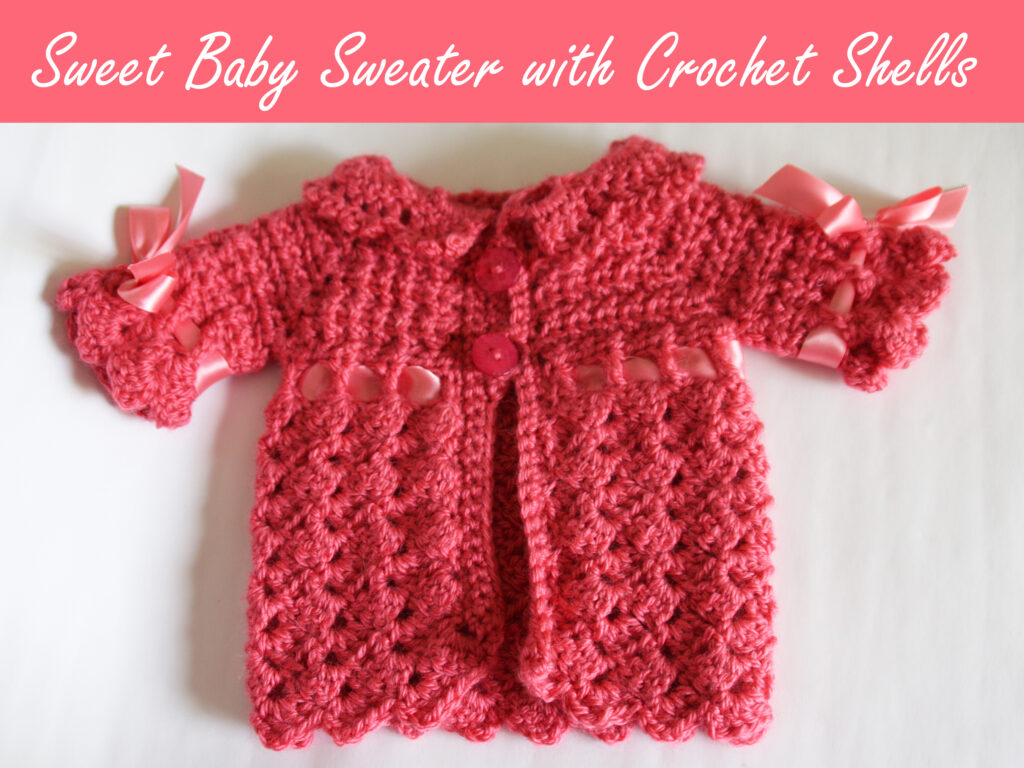
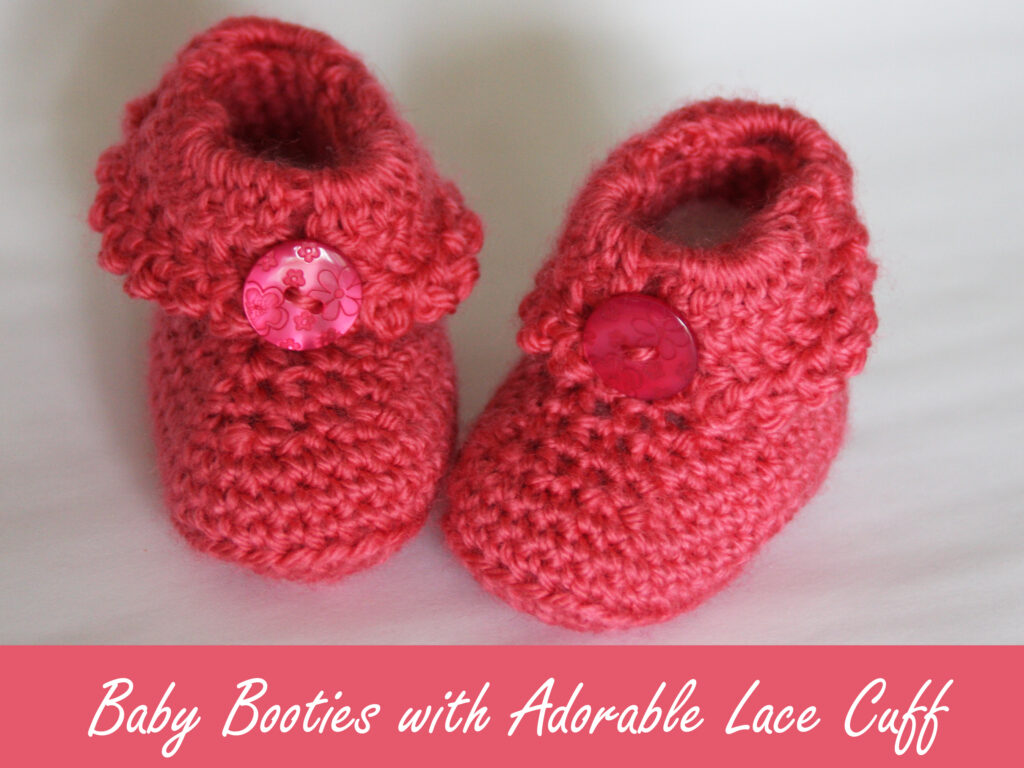
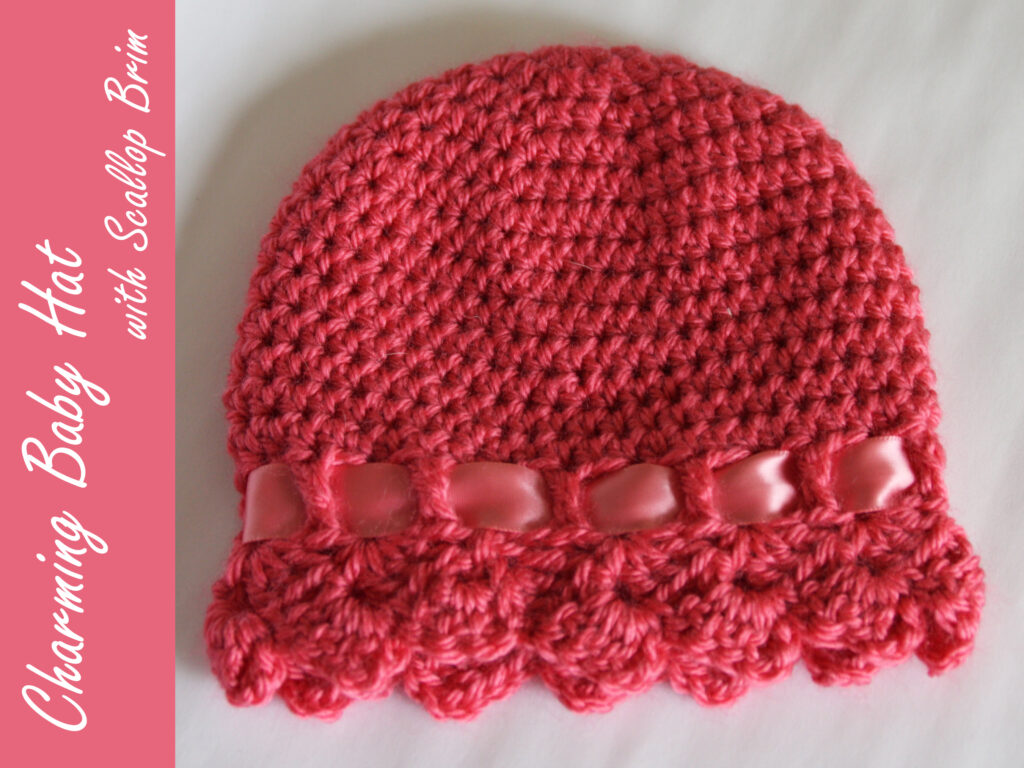
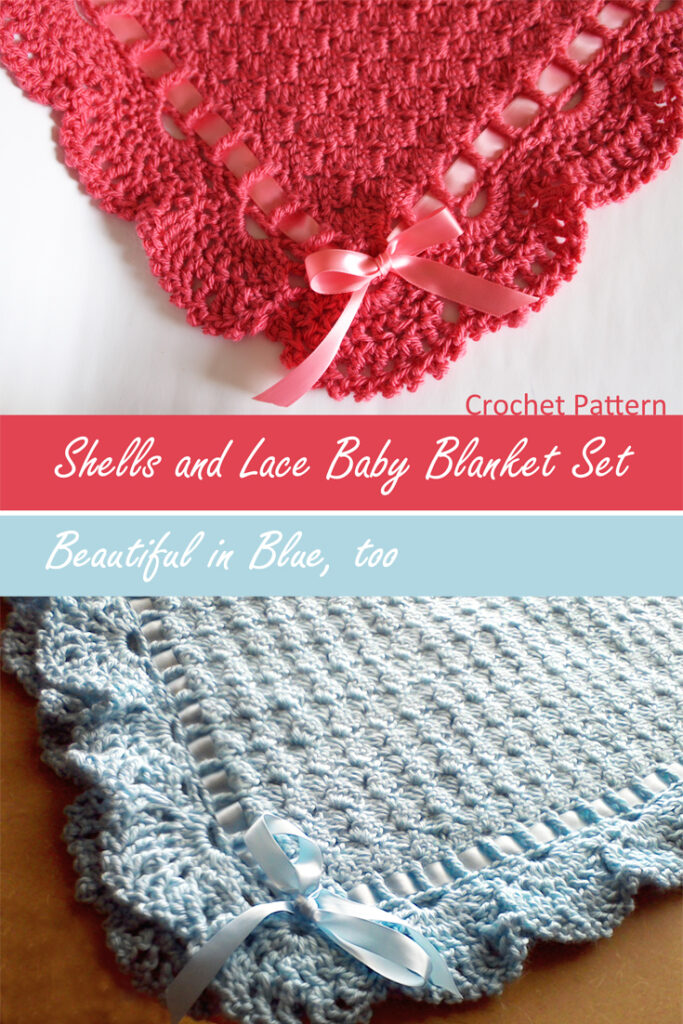
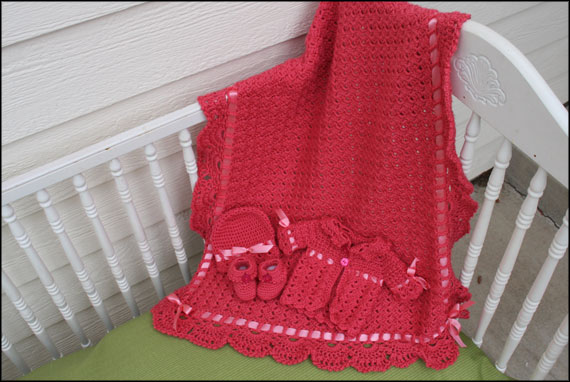
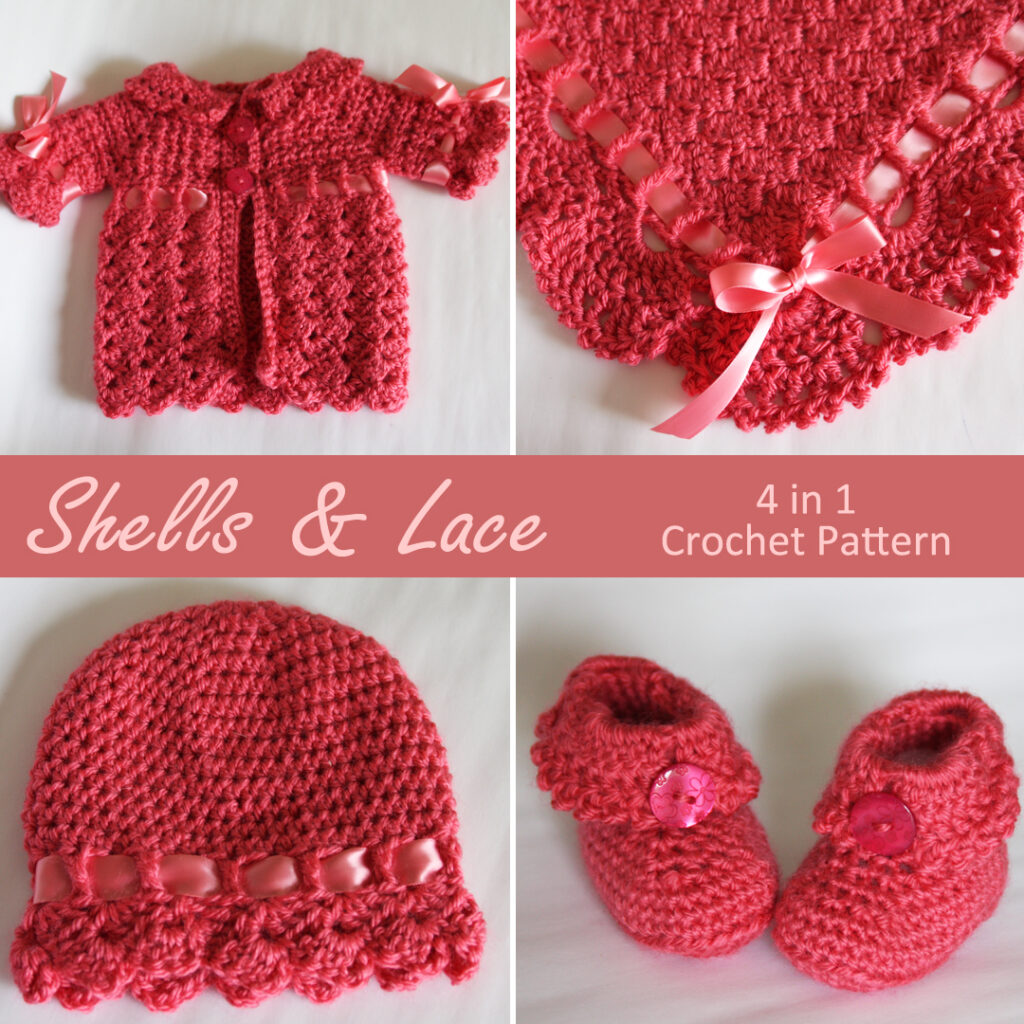
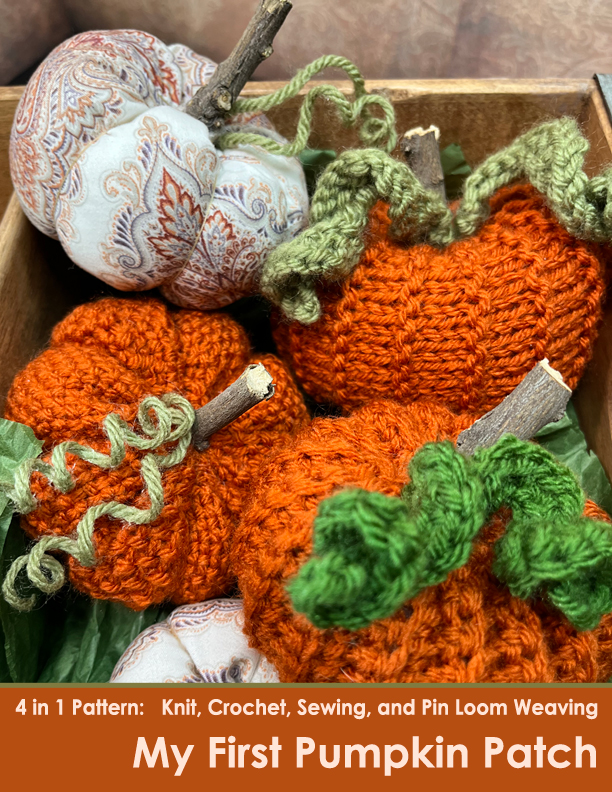
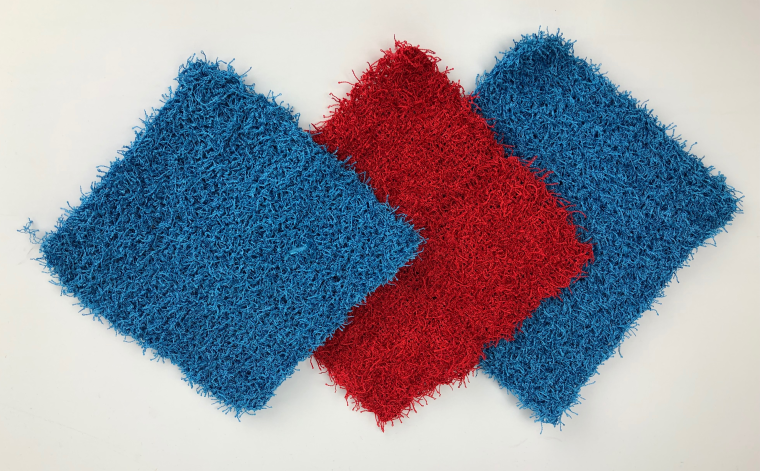
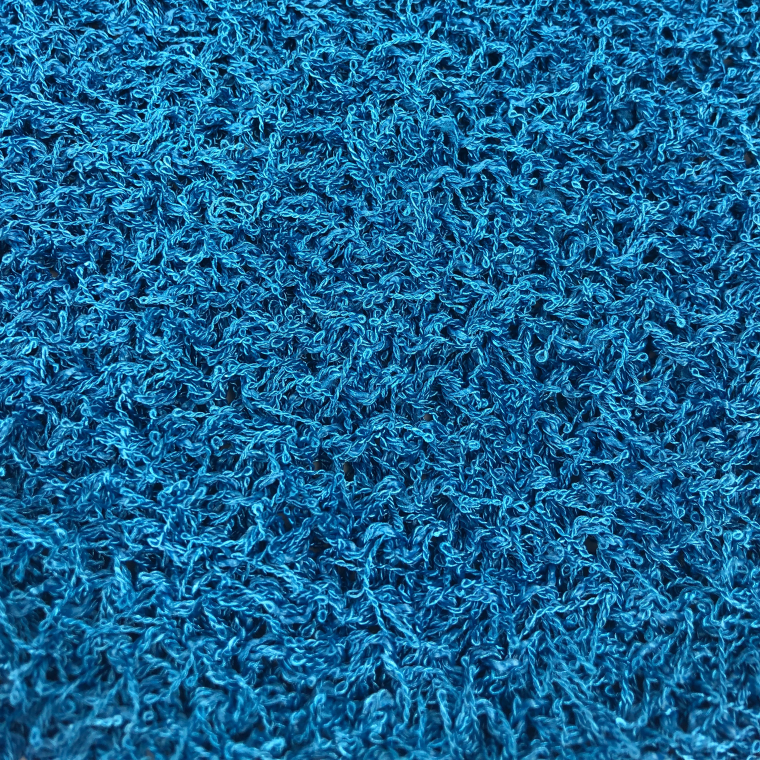
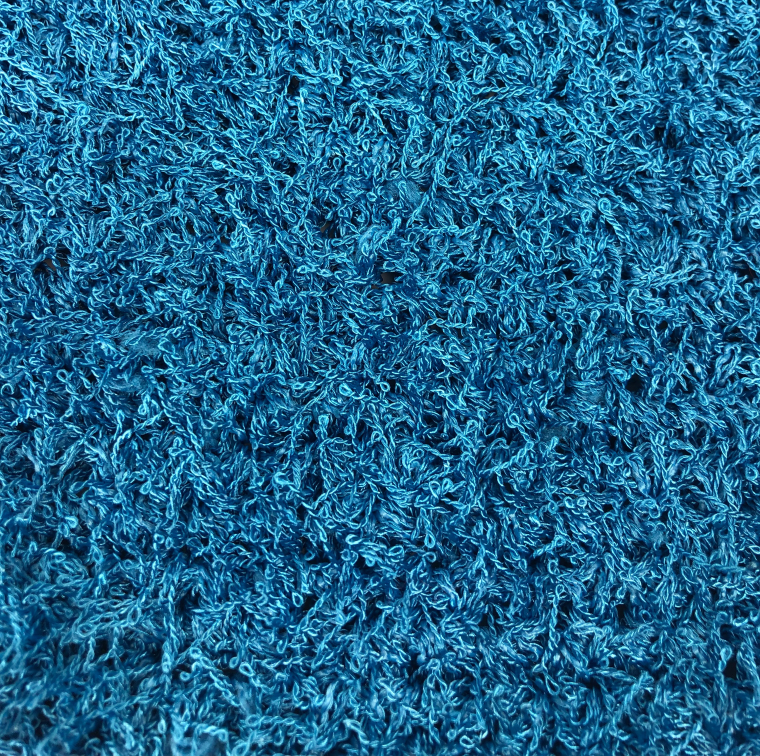
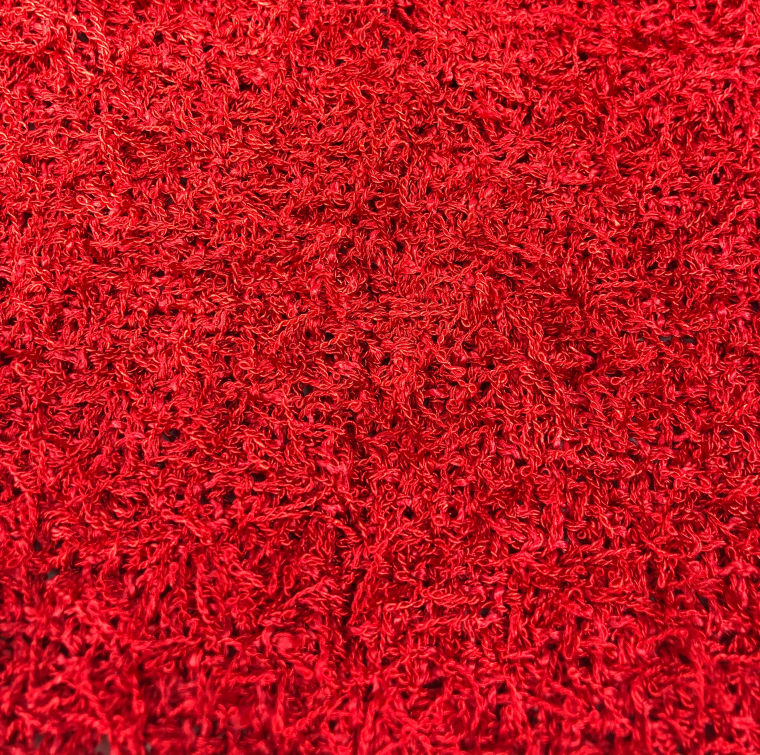
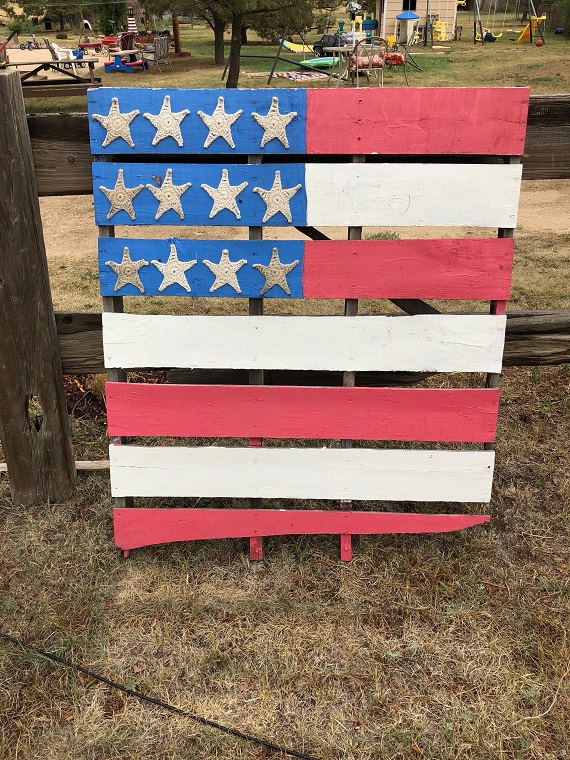
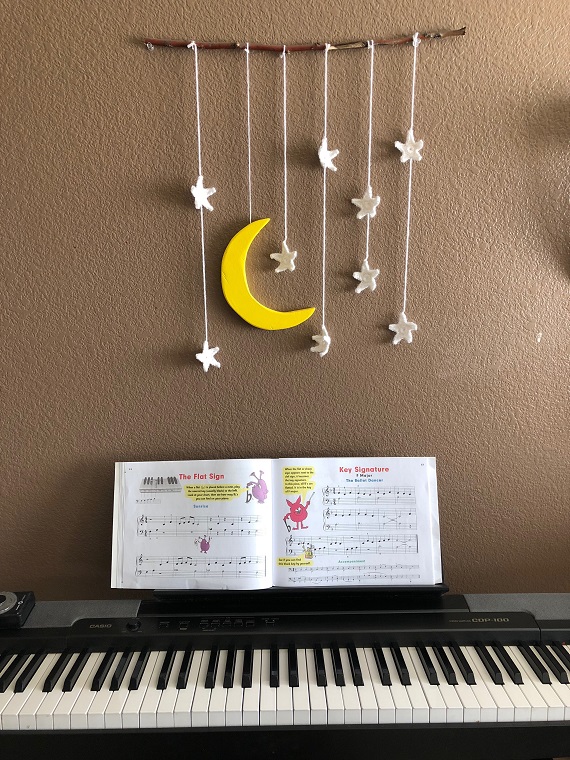
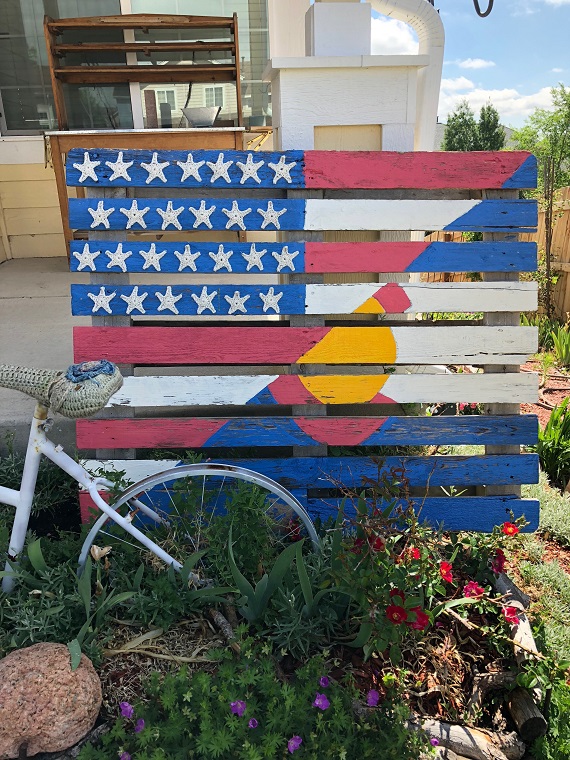
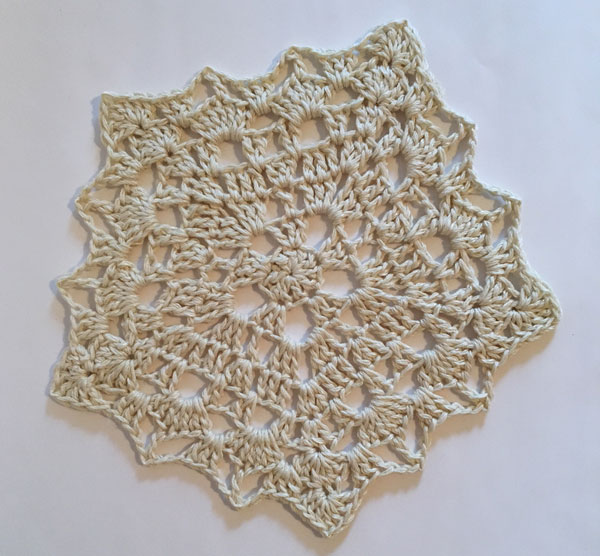
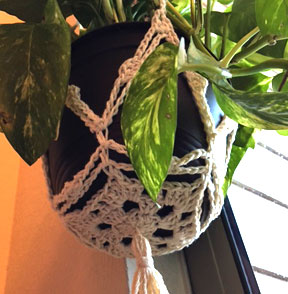
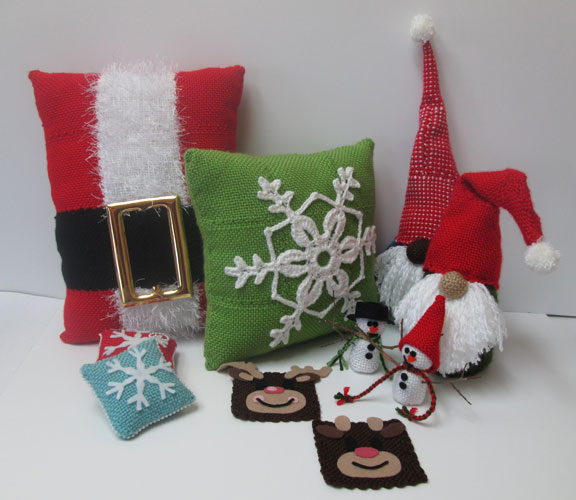
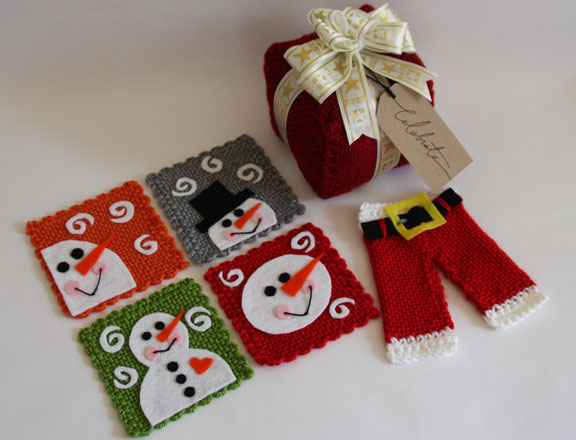
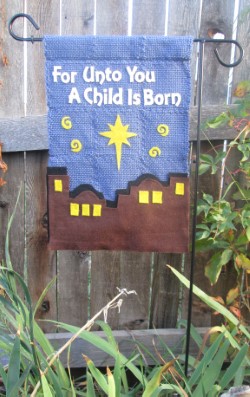
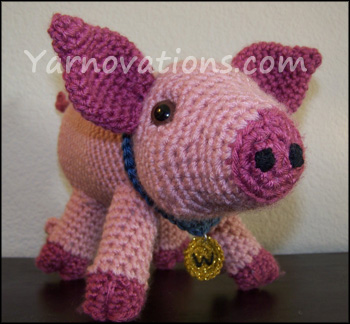
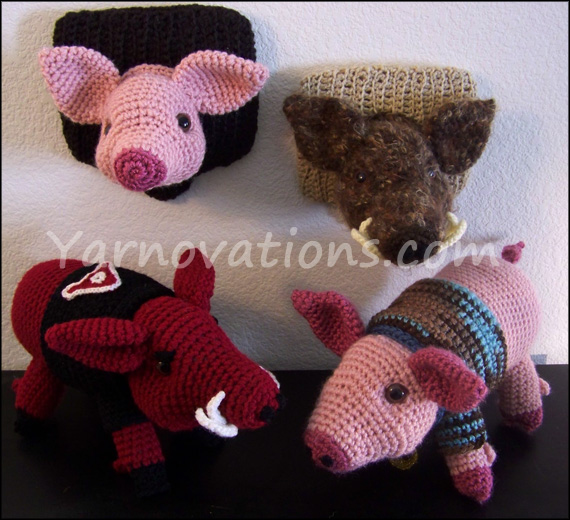 Be sure to download the free accessories pattern for the fun variations.
Be sure to download the free accessories pattern for the fun variations.
